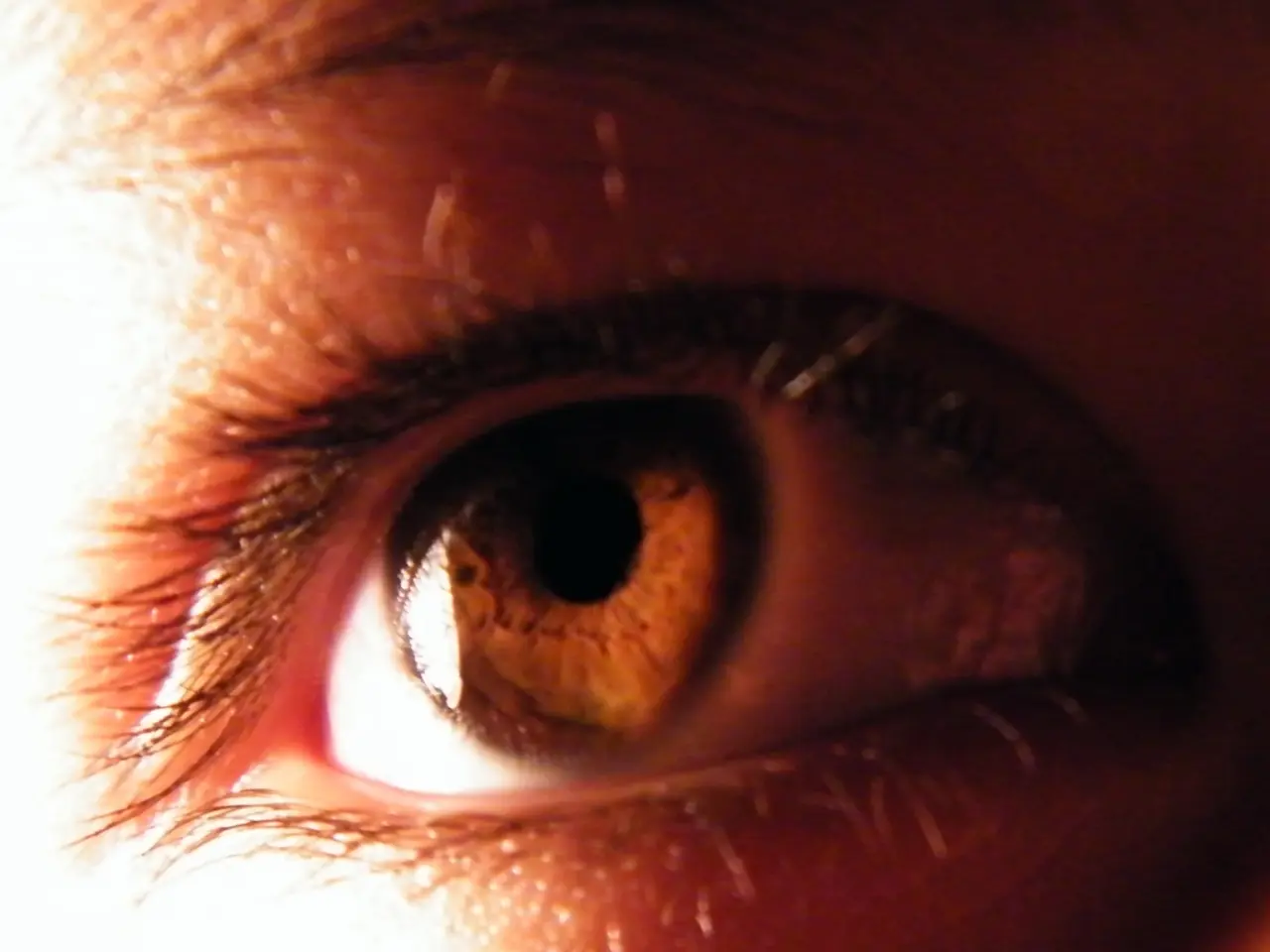Dermatologists' Criticism of Tan Stripes: Insight into their Displeasure Regarding Tanlines
The summer season often brings a desire for tanned skin, associated with vacation, leisure, and sun. However, dermatologists warn against this trend, highlighting the risks associated with intentional skin damage caused by UV exposure.
The "tanlines" trend, popular on social media, involves deliberately burning or overexposing skin to UV radiation from the sun or tanning beds to create artificial tan lines. This practice intensifies the damage and poses significant dangers.
Medical experts, including dermatologist Afschin Fatemi, consider the trend dangerous. The health risks associated with "tanlines" and sunburn tattoos include irreparable skin damage, DNA damage, premature aging, and a significantly increased risk of skin cancer, particularly melanoma. Melanoma is one of the fastest-rising and deadliest cancers among young people.
Sunburns, a burn reaction of the skin that comes with inflammation of the superficial skin layers, can result in cell damage, scars, and pigment disorders. The skin produces more melanin, a pigment that absorbs UV radiation, as a response to UV radiation. However, melanin production can lead to premature skin aging and, in the worst case, skin cancer.
Sunburn tattoos, which involve intentionally burning designs onto the skin by selectively exposing parts of the skin to harmful radiation, carry similar risks. Dermatologists warn that this practice is reckless and contributes to long-term skin health hazards.
While some individuals believe that visible signs of sun damage can be reversed by dermatological procedures like peels or lasers, the underlying cellular damage remains, continuing to increase cancer risk despite improved surface appearance.
Using self-tanner is not harmful, but those with skin conditions like neurodermatitis or psoriasis should avoid self-tanning products due to potential skin irritation from chemical ingredients. Applying self-tanner more intensively to certain body parts can create tan lines without increasing the risk of skin cancer.
It's essential to remember that not all associations of brown with good health and attractiveness are accurate. Tanning signals a medically questionable approach to UV radiation. Dermatologists advise against excessive sunbathing and recommend protection measures such as hats, sunglasses, and high SPF sunscreen for uncovered skin areas.
In conclusion, both "tanlines" and sunburn tattoos pose significant dangers due to intentional skin damage caused by UV exposure, with increased risks for melanoma, premature aging, and permanent cellular harm. It's crucial to prioritise skin health over temporary tans.
References: 1. American Academy of Dermatology. (n.d.). UV radiation and skin cancer. [online] Available at: https://www.aad.org/public/spot-skin-cancer/learn-about-skin-cancer/uv-radiation 2. World Health Organization. (2018). IARC Monographs programme. [online] Available at: https://www.iarc.who.int/cancer-causes/uv-and-skincancer/ 3. Skin Cancer Foundation. (2021). Sunburn and skin cancer. [online] Available at: https://www.skincancer.org/prevention/sun-protection/sunburn-prevention/sunburn-and-skin-cancer
- The "tanlines" trend on social media, involving the deliberate burning or overexposure of skin to UV radiation, increases the risks of irreparable skin damage, DNA damage, premature aging, and a significantly higher risk of skin cancer, particularly melanoma.
- Dermatologist Afschin Fatemi and other medical experts consider the "tanlines" trend dangerous, as it carries health risks such as irreparable skin damage, DNA damage, premature aging, and an increased risk of skin cancer, especially melanoma, which is one of the fastest-rising and deadliest cancers among young people.
- Dermatologists warn against practices like "tanlines" and sunburn tattoos, which intensify skin damage, pose significant dangers, and contribute to long-term skin health hazards, including increased risks for melanoma, premature aging, and permanent cellular harm.




